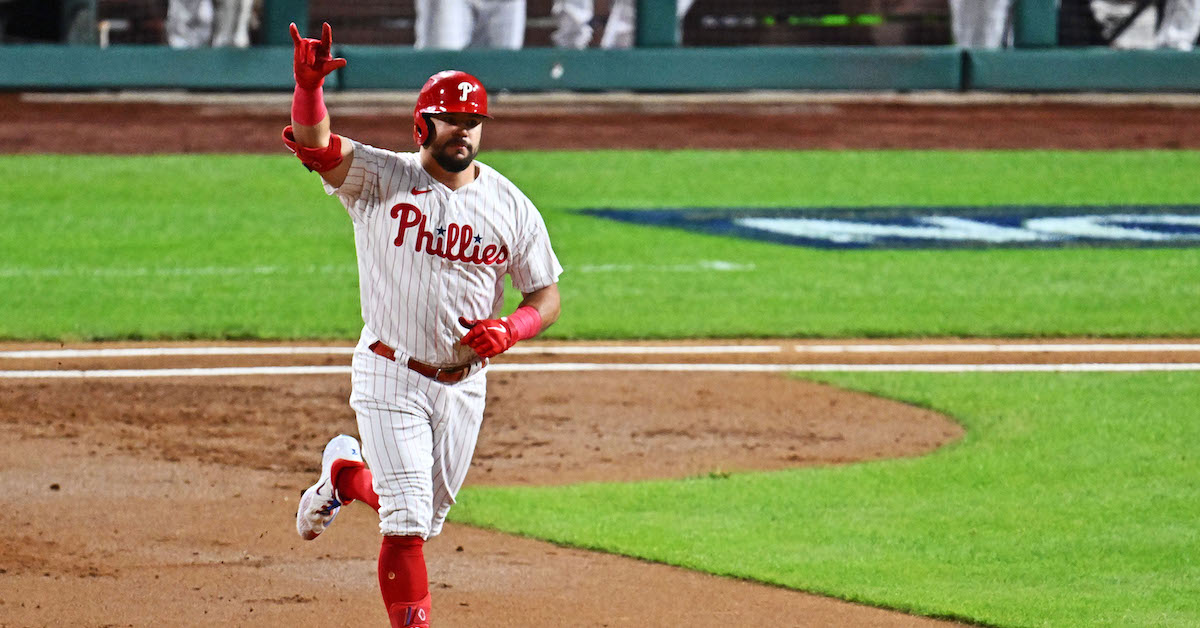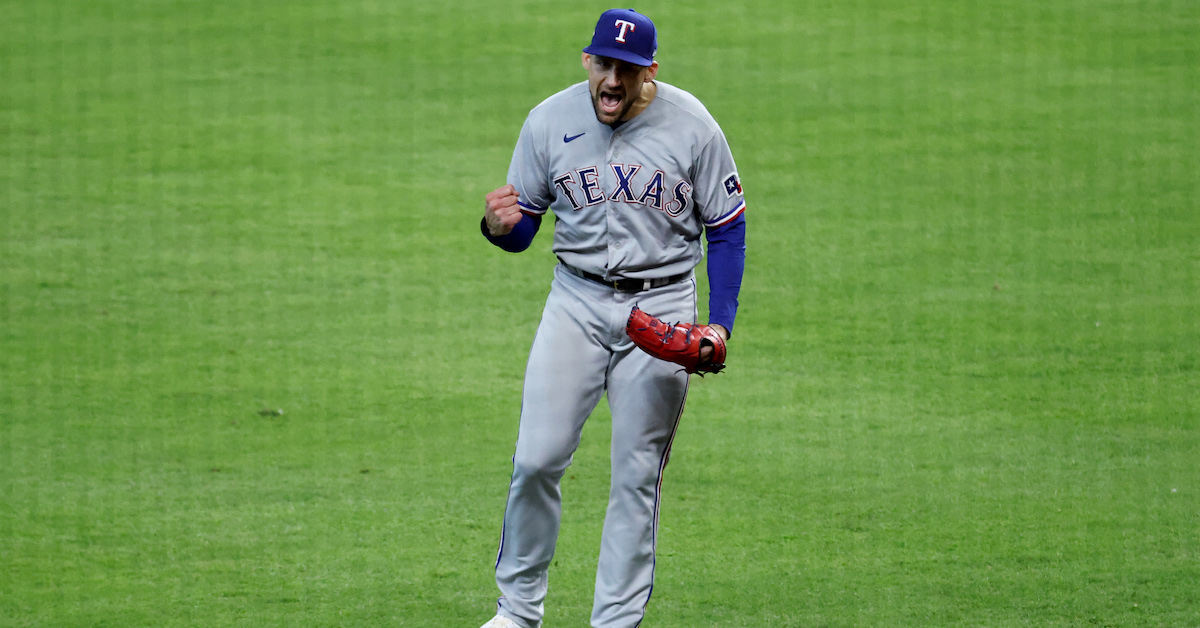Outpitching Peripherals in the Postseason

This postseason, pitchers have allowed a .311 wOBA and a 3.74 ERA, down from .318 and 4.33 during the regular season. That part’s not terribly surprising. Since the start of the Wild Card era in 1995, the league’s postseason ERA is 3.85, nearly half a run below the regular season ERA of 4.29. The thing that caught my eye was that this year’s .311 wOBA is 21 points lower than its .332 xwOBA. In fact, for as long as we’ve been calculating xwOBA, wOBA has underperformed it in the playoffs:
| Year | wOBA | xwOBA | Difference |
|---|---|---|---|
| 2015 | .292 | .311 | -19 |
| 2016 | .285 | .305 | -20 |
| 2017 | .301 | .310 | -09 |
| 2018 | .288 | .301 | -13 |
| 2019 | .297 | .317 | -20 |
| 2020 | .315 | .333 | -18 |
| 2021 | .306 | .315 | -09 |
| 2022 | .282 | .289 | -07 |
| 2023 | .311 | .332 | -21 |
| Total | .298 | .313 | -15 |
This year’s gap is the largest, but it’s hardly an outlier. There’s a big gap between ERA and FIP during the postseason. Pitchers have outperformed their FIP 24 times in the last 29 postseasons. Over that period, they’ve run an ERA of 3.85 and a FIP of 4.15. They’re performing better overall, but they’re also outpitching their FIP to the tune of .3 runs per game. I started thinking about the causes that might explain these discrepancies, and I realized that our new postseason leaderboards would allow us to break them down in some cool new ways. Read the rest of this entry »










